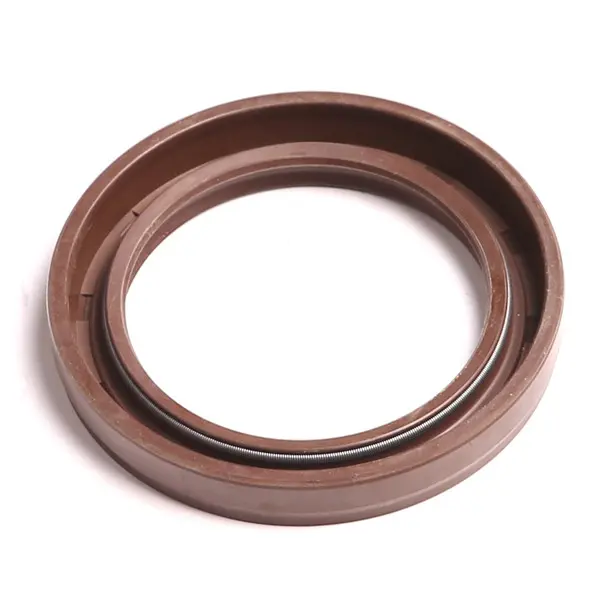8 月 . 29, 2024 00:03 Back to list
Auto Oil Seals - Durable & Reliable Sealing Solutions for Your Vehicle
Understanding Auto Oil Seals Function, Importance, and Maintenance
Auto oil seals, often referred to as oil seals or shaft seals, play a critical role in the performance and longevity of automotive engines. These components are designed to prevent the leakage of oil and other fluids from various engine parts, ensuring that the engine operates smoothly and efficiently. In this article, we will explore the function of oil seals, their importance in automotive applications, and best practices for maintenance.
What Are Auto Oil Seals?
Auto oil seals are typically made from materials such as rubber, silicone, or thermoplastic elastomer (TPE). They are circular components that fit snugly around rotating shafts and serve to seal two different environments, such as the inside of the engine and the external atmosphere. The primary function of an oil seal is to contain lubricating oil within the engine's various compartments, thus preventing leaks that could lead to severe engine damage.
The Function of Oil Seals
The main function of an oil seal is to keep lubricants in and contaminants out. In engines, oil lubricates critical components, reducing friction and wear. By maintaining a proper seal, oil seals ensure that the lubricant remains within designated areas, thus allowing the engine to function optimally. Furthermore, oil seals protect engine components from dirt, dust, and debris, which can cause wear and tear over time.
Oil seals are found in various places in the automotive system, including
1. Crankshaft Seals Located at the front and rear of the crankshaft, these seals prevent oil leakage while allowing the crankshaft to rotate freely. 2. Camshaft Seals These seals keep oil from leaking around the camshaft, which operates the engine's intake and exhaust valves.
3. Differential Seals These are used to prevent oil from leaking out of the differential housing in vehicles with rear-wheel or all-wheel drive.
4. Transmission Seals These help to keep transmission fluid contained within the system, ensuring smooth shifting and engine performance.
auto oil seal

Importance of Oil Seals
The significance of oil seals in automotive applications cannot be overstated. A failed oil seal can lead to severe oil leaks, which not only impact engine performance but can also lead to costly repairs. An oil leak can result in insufficient lubrication, increased friction, and eventual engine overheating. Moreover, it can create environmental hazards, as leaking oil can contaminate soil and water sources.
Maintenance of Oil Seals
Regular maintenance is essential to prolong the lifespan of oil seals. Here are some best practices
1. Regular Inspections Periodically check for any signs of oil leaks, which may indicate a failing oil seal. Early detection can save you from costly repairs later on.
2. Use Quality Oils High-quality lubricants are less likely to break down and can help maintain the integrity of oil seals.
3. Professional Installation During engine or transmission repairs, ensure that oil seals are installed correctly to prevent premature failures.
4. Timely Replacement Oil seals have a lifespan and should be replaced according to the manufacturer's guidelines, especially when performing other engine repairs.
In conclusion, auto oil seals are essential components that ensure the efficiency and longevity of automotive engines. Understanding their function and importance, as well as adopting preventive maintenance strategies, can keep your vehicle running smoothly and prevent costly repairs. By taking care of your oil seals, you’re taking a crucial step towards maintaining the health of your engine.